Trümmerfotografie
© Giles Duley“The bombing itself grows vague and dreamlike. The little pictures remain as sharp as they were when they were new”
— John Steinbeck
In October 2019 the photographer Giles Duley produced a series of over sixty cityscapes documenting the destruction of Mosul. Between October 2016 and July 2017, the battle of Mosul, a campaign by Iraqi and the Combined Task Force to retake the city had resulted in apocalyptic destruction to the Old City, with an estimated eighty per cent of buildings destroyed. The number of civilians killed during the fight for the city is unknown.
In part to reconcile his own experiences of documenting the battle of Mosul (Duley was based in a hospital photographing injured civilians in early 2017) and also to create a narrative link between current events in the Middle East and World War Two’s impact on European cities, Duley’s work deliberately echoes the Trümmerfotografie (rubble photography) of 1945’s Germany. Shot on medium format black and white film, these cityscapes, despite lacking human form, recall the life of the once-thriving Old City and the inhabitants who once lived there.
In Duley’s own words, “Mosul is a city of ghosts”.

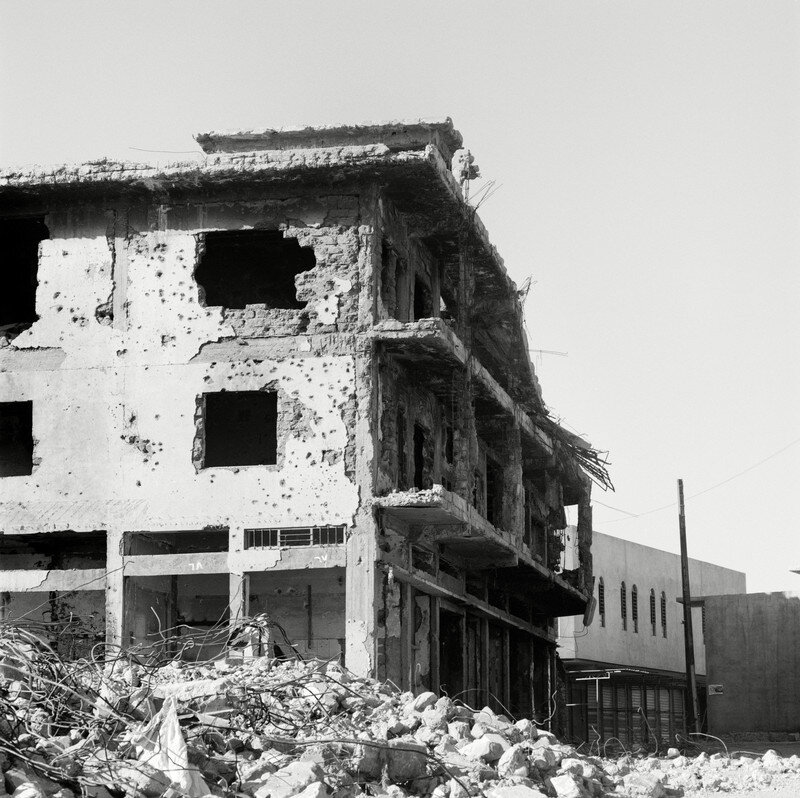
On 14th February 1945 as Kurt Vonnegut emerged from a meat locker beneath a slaughterhouse in Dresden he was met with the scene of a moonscape of a burned city. As he would later describe it in his novel, Slaughterhouse 5, Dresden had been returned to a mineral state, a triumph of entropy:
“...because there is nothing intelligent to say about a massacre. Everybody is supposed to be dead, to never say anything or want anything ever again. Everything is supposed to be very quiet after a massacre, and it always is, except for the birds.”
What Kurt Vonnegut was witness to was part of one of histories most prolonged and destructive bombing campaigns; the Allied bombing of Nazi Germany. For five years (1940-45) during the Second World War, the Allied air forces launched a sustained campaign against Germany's cities. Peaking in the war's final three months, civilian populations were targeted by the weapons of mass destruction of that era. The campaign was to result in an estimated 600,000 casualties, and cities such as Dresden, Cologne, Hamburg and Berlin left as unrecognisable ruins.
“The aim of the Combined Bomber Offensive...should be unambiguously stated [as] the destruction of German cities, the killing of German workers, and the disruption of civilized life throughout Germany.... the destruction of houses, public utilities, transport and lives, the creation of a refugee problem on an unprecedented scale, and the breakdown of morale both at home and at the battle fronts by fear of extended and intensified bombing, are accepted and intended aims of our bombing policy. They are not by-products of attempts to hit factories”
- Arthur Harris, the head of RAF Bomber Command
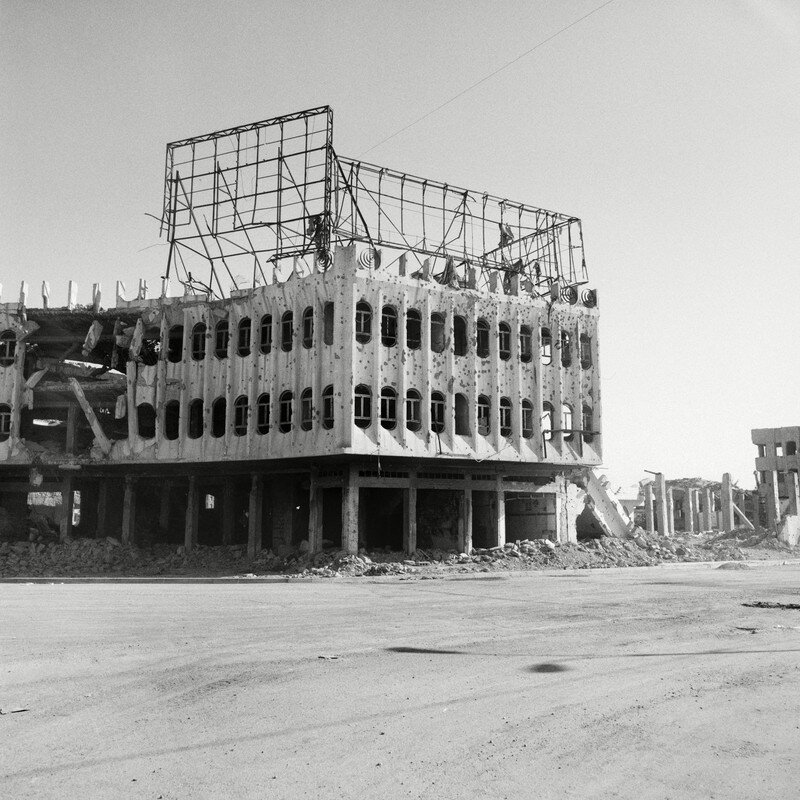
At the end of WW2 this unprecedented destruction of Germany’s cities was widely documented by both German and other European and US photographers, including; Hermann Clausen August Sander, Herbert List, Richard Peter, Henry Ries, Edmund Kesting, Kurt Schaarschuch, Walter Hege, Robert Capa, Margaret Bourke-White, Werner Bischof, David ‘Chim’ Seymour, Ernst and Lee Miller.
This documentation of the destruction of German cities in the immediate post-war years became known as Trümmerfotografie, quite literally rubble or wreckage photography. The camera is the accuser through its framing and documentation. The images serving as witness long after the city is rebuilt.
Forming a subset of disaster photography, rubble photography (Trümmerfotografie) is a genre commonly composed of images depicting bombed and burned-out cities like Dresden and Cologne. It is cited when theorizing the contribution of such images to the politics of collective memory connected to Germany’s reconstruction and eventual reunification after the Second World War
- W. Taylor
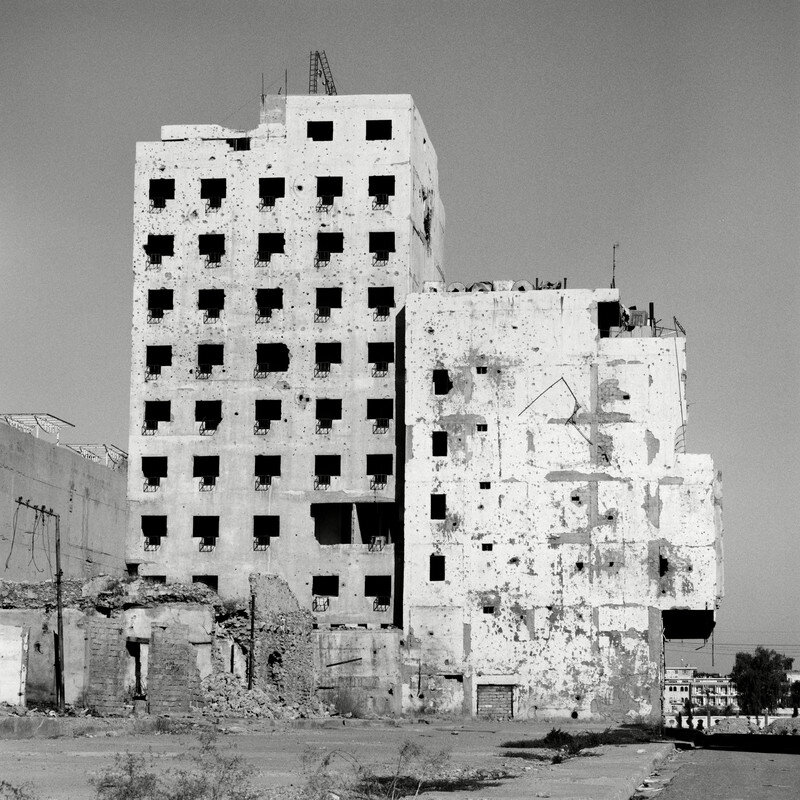
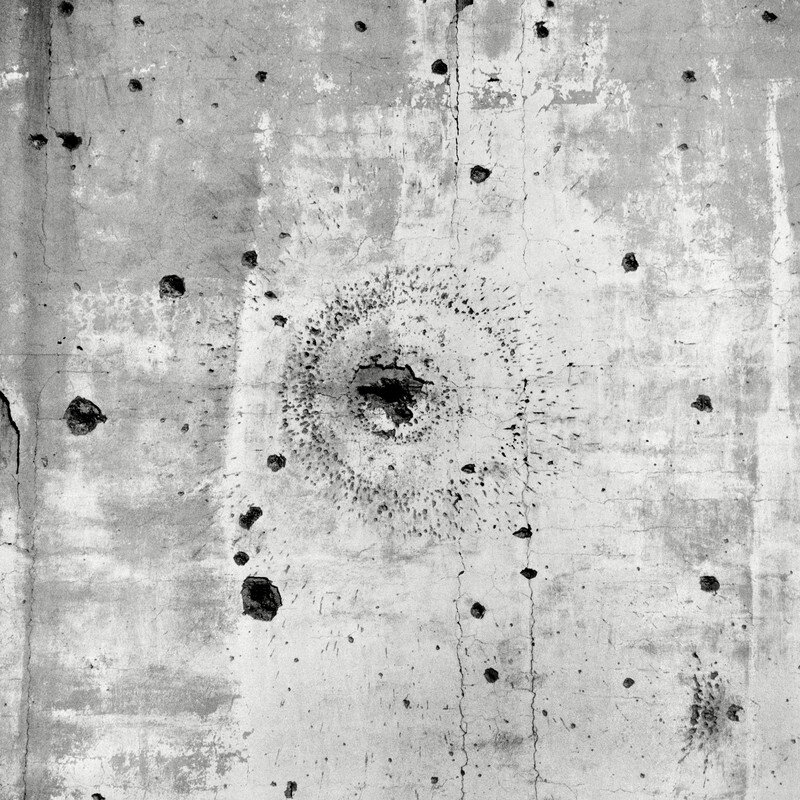
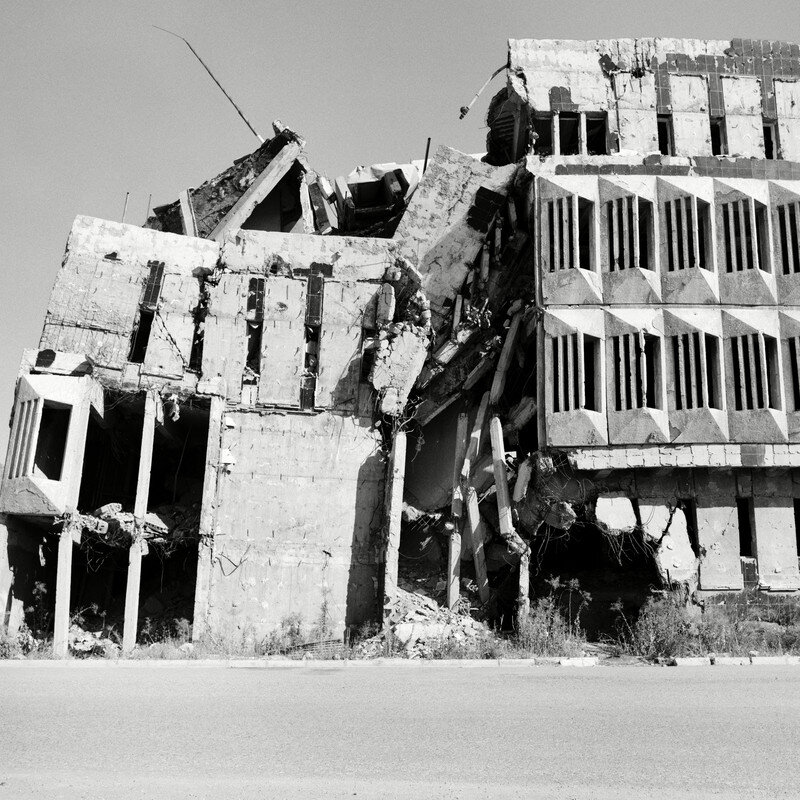
In the years following the fall of Nazism this ‘rubble’ photography allowed post-war Germans to begin to process the experiences of the war, death, ruination and defeat. The photo narrative marked clearly the traumatic experience shared by all Germans, an experience that many were unable to articulate. This was the apocalypse of a nation marked in stone.
Likewise, the response to this form of photography outside of Germany was to communicate the total destruction of a nation seem as the aggressor and cause of so much suffering, but in a way that represented the country as made of stone and not people. This imagery portrayed the destruction of Nazi Germany in a neutral way that avoided the guilt in the suffering of its people.
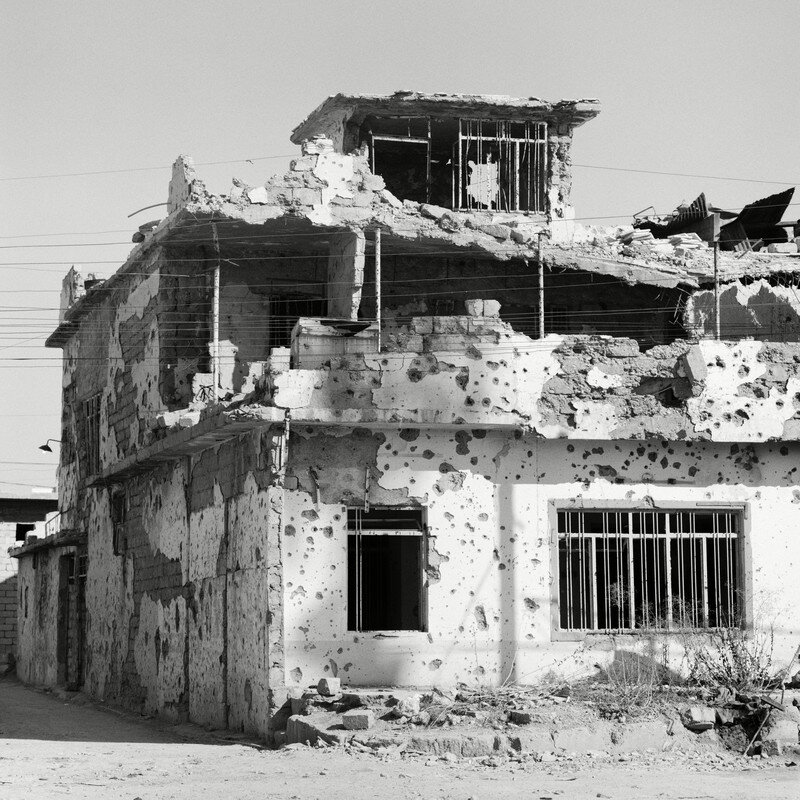
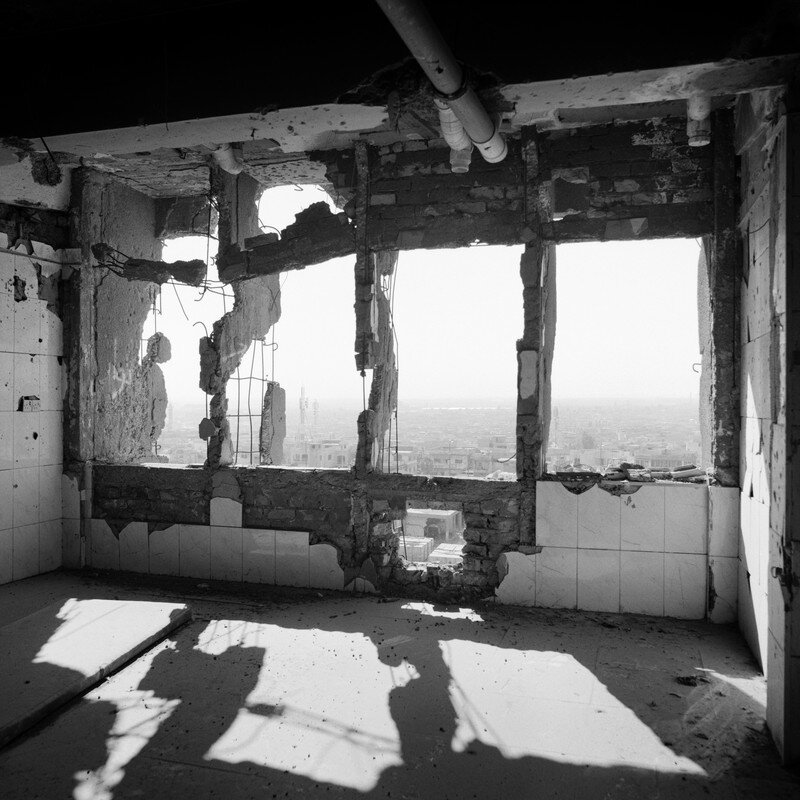



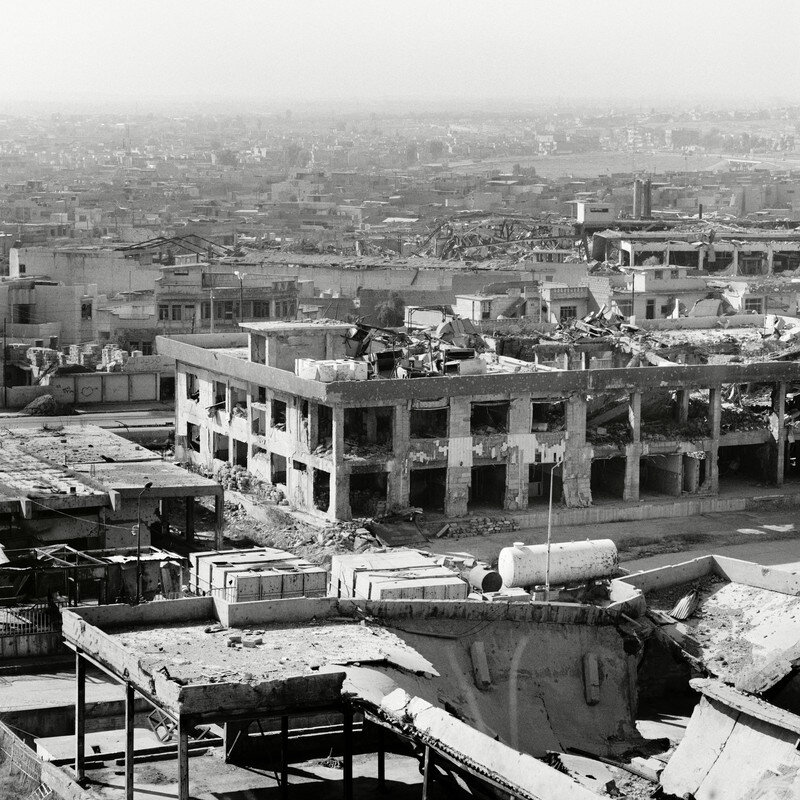
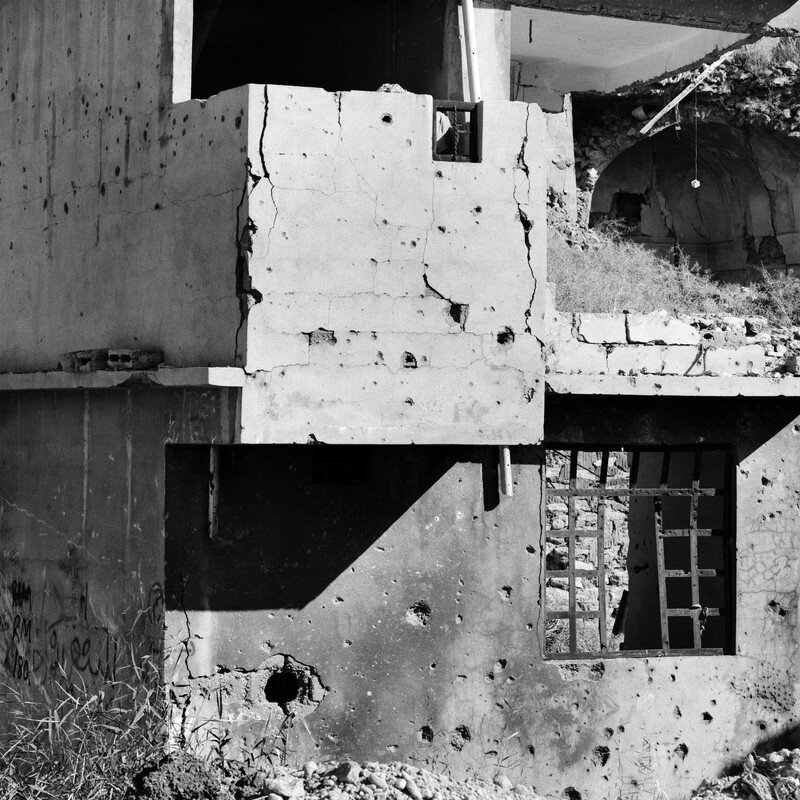
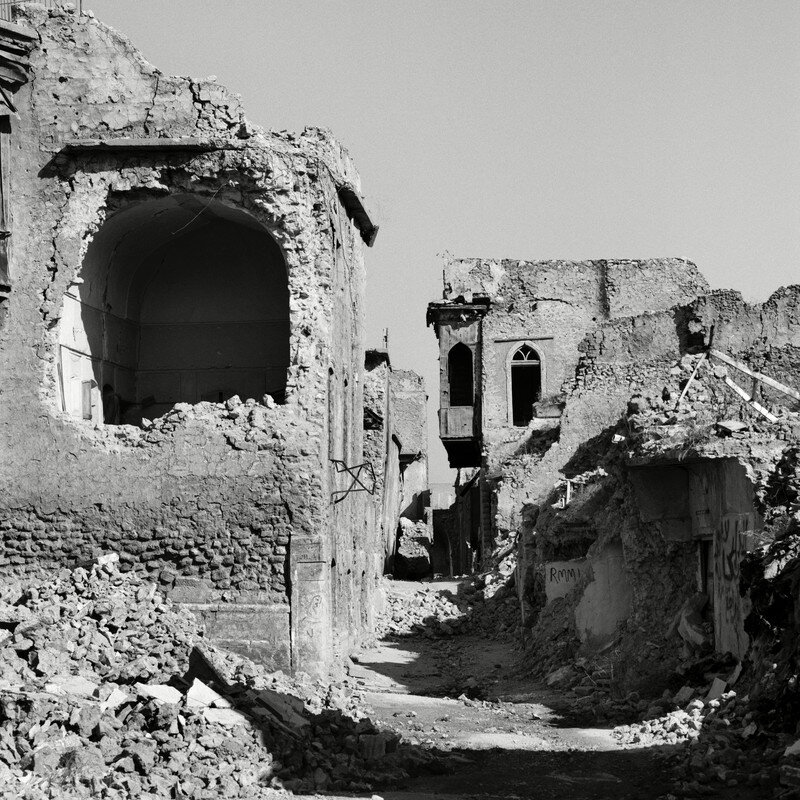
“I would suggest that this gesture is ultimately symptomatic of the role photography played in the western sectors as early as 1945. As a medium closely associated with legible mimesis, it could scarcely overlook the country’s most striking and unavoidable reality. Yet even as it succumbed to this realist inevitability, it declined to participate in constructing a pictorial grammar that might articulate or in some way signal the traumatic events which produced these piles of ruins in the first place. Instead, western Trümmerfotografie borrowed from traditional photographic approaches and transhistorical metaphors to give these visions smooth form and meaning, thereby suppressing their capacity to excite memory. This genre of photography essentially taught viewers how to see religion, art, and hope in vast material signs of an otherwise disorienting catastrophe. What one finds here, in other words, is the universalization of a historically specific case of destruction and suffering.”
— Andrés Mario Zervigón
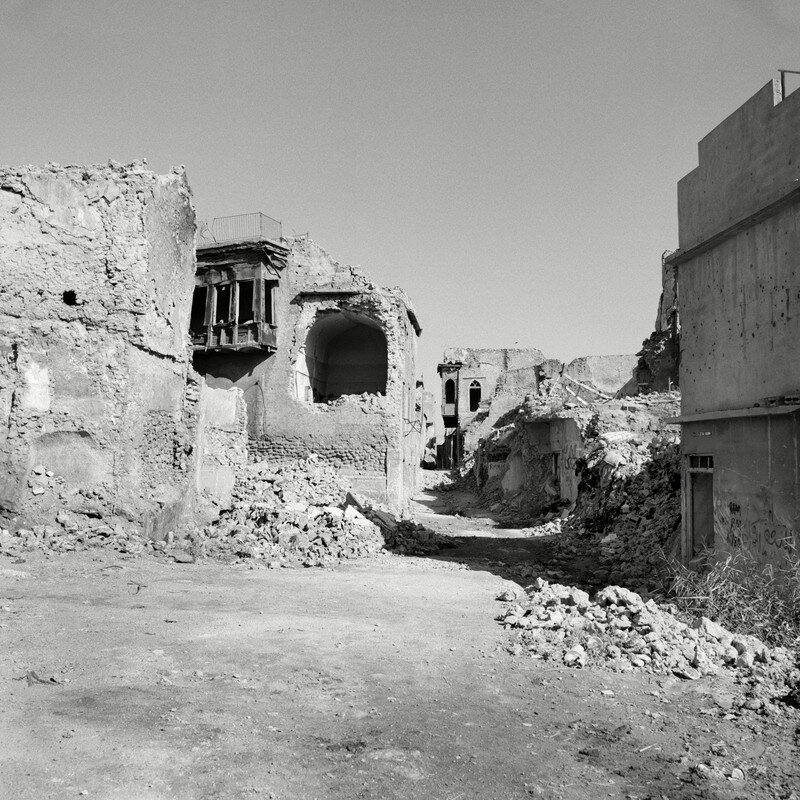
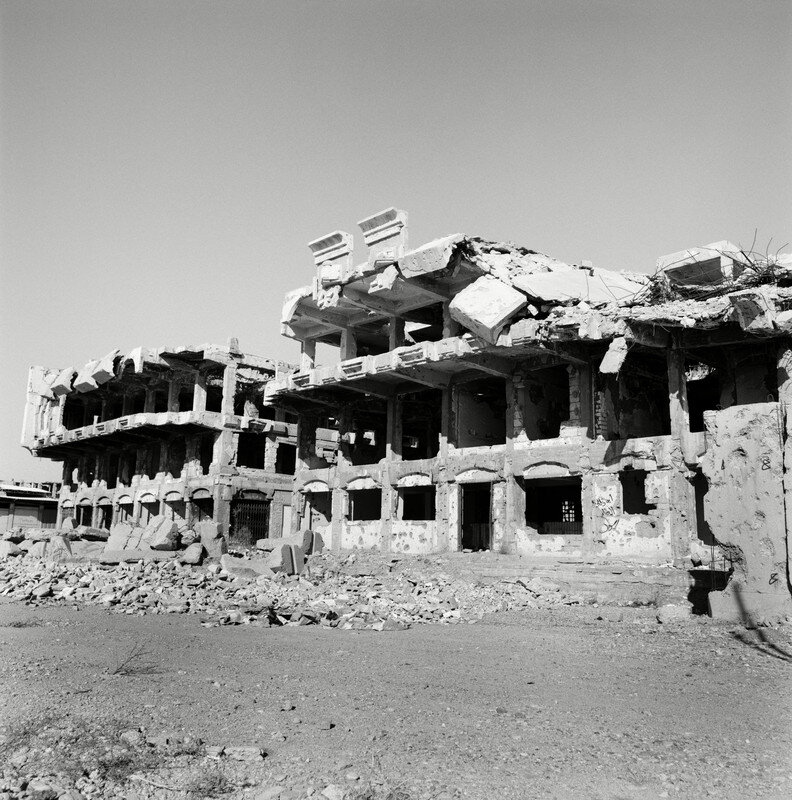
In October 2016 Iraqi and Kurdish forces, supported by US coalition airpower, had massed on the outskirts of Mosul in preparation for an offensive to retake the city. Since June 2014 the city, Iraqi’s second-biggest, had been under the brutal and violent rule of ISIS.
What was to follow was nine months of brutal fighting, according to Lt. Gen. Stephen Townsend, the top coalition commander, it was the “deadliest urban combat since World War II”. The U.S.-led coalition, which included a dozen partner countries, carried out more than 1,250 strikes in the city, hitting thousands of targets with over 29,000 munitions, according to official figures.
In parallels with Arthur Harris’ objectives with the bombing campaign of Germany in 1945, the then US Secretary of Defence James Mattis described policy during the fight for Mosul as follows “We have already shifted from attrition tactics, where we shove them from one position to another in Iraq and Syria, to annihilation tactics where we surround them… …civilian casualties are a fact of life in this sort of situation”
To this day nobody knows how many were killed in the fighting but thousands, tens of thousands died. What is clear is you speak to anybody who was in the city during the fighting is that no family was spared. As a Mosul resident said to me, “there are over a million people living in Mosul, which means there are a million stories of loss. Nobody was spared”
Documenting the civilian casualties from Mosul in early 2017 at a hospital run by the Italian charity EMERGENCY had left a deep scar on my consciousness. In the months after the fighting ended, it was important for me to revisit to the city to document the aftermath of the fighting. In February 2018, I wrote the following on my return to Mosul as I drove through the city, nearly a year after the fighting had ended:
“As a young student, I remember seeing photos and film footage of the stark ruins of Stalingrad and Berlin, both destroyed during World War Two. They seemed like monoliths to a past time, of total war. I never imagined this would be something I’d see in my lifetime, to be documenting the same scenes seventy years later. After all, this is the era of smart bombs and precision strikes, but as we drive through Mosul, I look from the car window dumbfounded by the scale of destruction. Airstrikes, roadside bombs, mines, IED’s, tactical demolitions, rockets, tank shells, mortars, machine gunfire. Every munition known to man has been thrown at this city with the precision of a bulldozer. We drive for miles through street after street of destroyed buildings. After over a decade of reporting on conflicts, I have never seen anything on this scale.”
It was after this visit that people noted of some of my images, that they could have been taken at the end of World War Two. It was from there that the series “Trümmerfotografie” was born. Seeing the parallels between the documentation of bombed German cities and what I had seen, I wanted to return to carry out more formal documentation of Mosul’s destruction.
UPDATE 2022 - Ukraine
On 24 February 2022, Russia invaded Ukraine in a major escalation of the Russo-Ukrainian War that began in 2014. The invasion caused Europe's largest refugee crisis since World War II, with more than 9.1 million Ukrainians fleeing the country and a third of the population displaced. The invasion also caused global food shortages
The invasion began when Putin announced a "special military operation" to "demilitarise and denazify" Ukraine. Minutes later, missiles and airstrikes hit across Ukraine, including the capital Kyiv. A large ground invasion followed from multiple directions. Ukrainian president Volodymyr Zelenskyy enacted martial law and a general mobilisation of all male Ukrainian citizens between 18 and 60, who were banned from leaving the country.
Russian attacks were initially launched on a northern front from Belarus towards Kyiv, a north-eastern front towards Kharkiv, a southern front from Crimea, and a south-eastern front from Luhansk and Donetsk. In March, the Russian advance towards Kyiv stalled. Amidst heavy losses and strong Ukrainian resistance, Russian troops retreated from Kyiv Oblast by 3 April. On 19 April, Russia launched a renewed attack on Donbas, which has been proceeding very slowly, with Luhansk Oblast only fully captured by 3 July, while other fronts remained largely stationary. At the same time, the Russians continued to bomb civilian targets far from the frontline, including in Kyiv, Lviv, Serhiivka near Odesa and Kremenchuk, among others.
The invasion has received widespread international condemnation. The United Nations General Assembly passed a resolution condemning the invasion and demanding a full withdrawal of Russian forces. The International Court of Justice ordered Russia to suspend military operations and the Council of Europe expelled Russia. Many countries imposed sanctions on Russia, which have affected the economies of Russia and the world, and provided humanitarian and military aid to Ukraine. Protests occurred around the world; those in Russia were met with mass arrests and increased media censorship, including a ban on the words "war" and "invasion". The International Criminal Court has opened an investigation into crimes against humanity in Ukraine since 2013, as well as war crimes in the 2022 invasion.
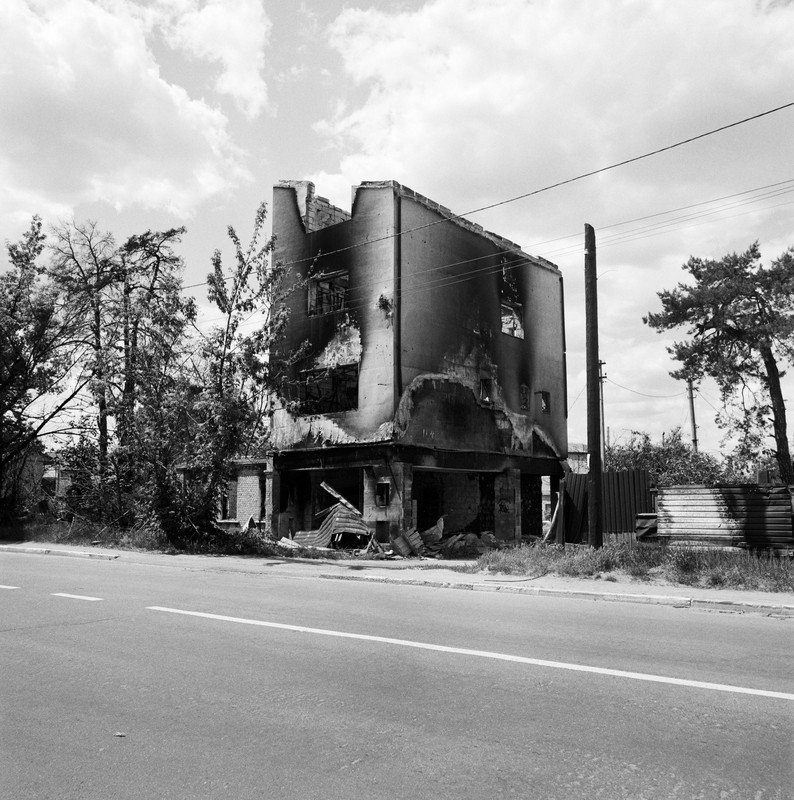

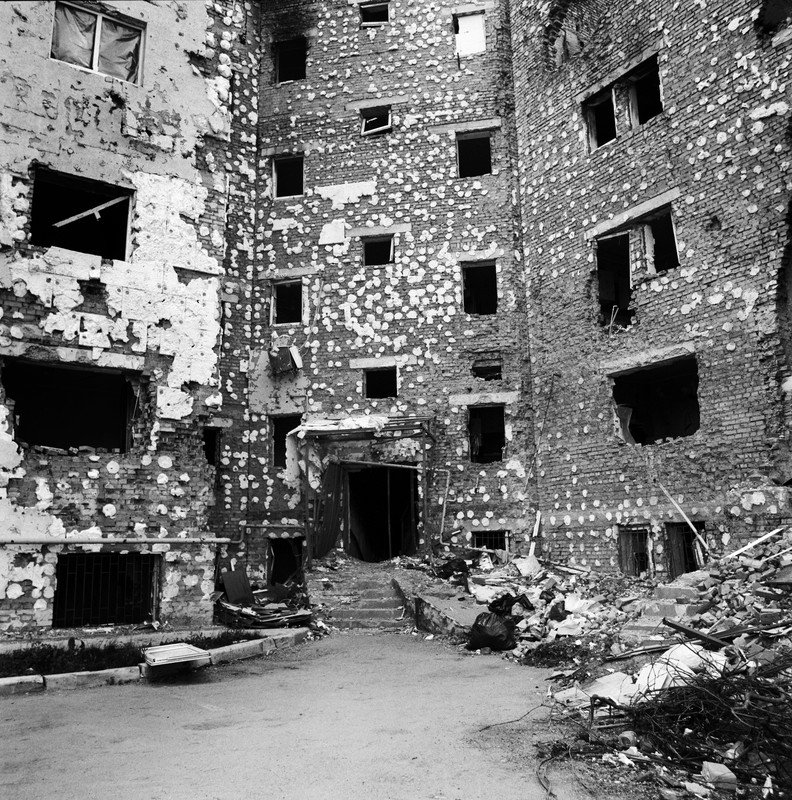
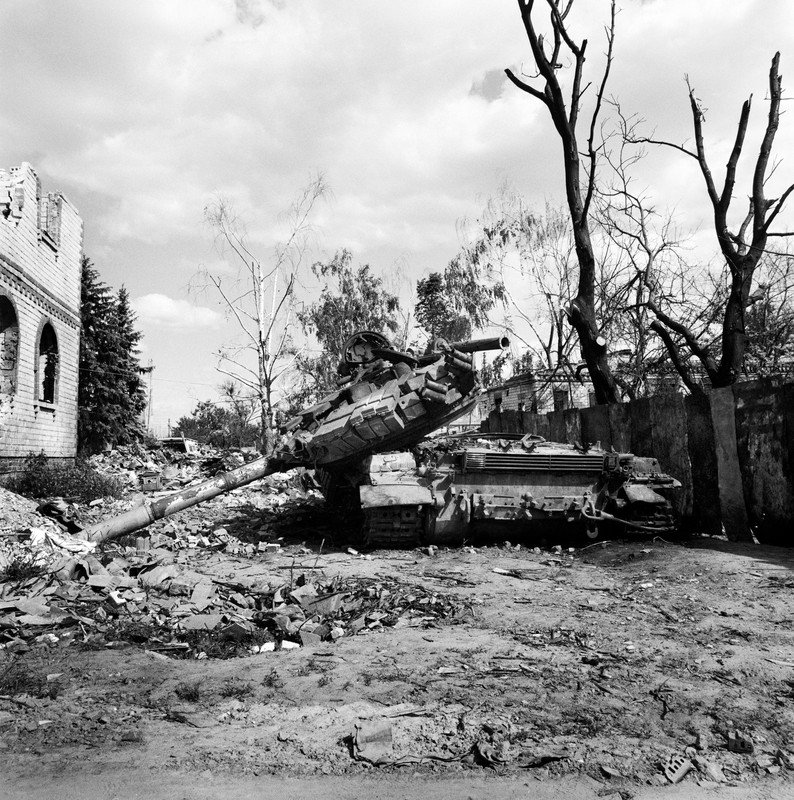
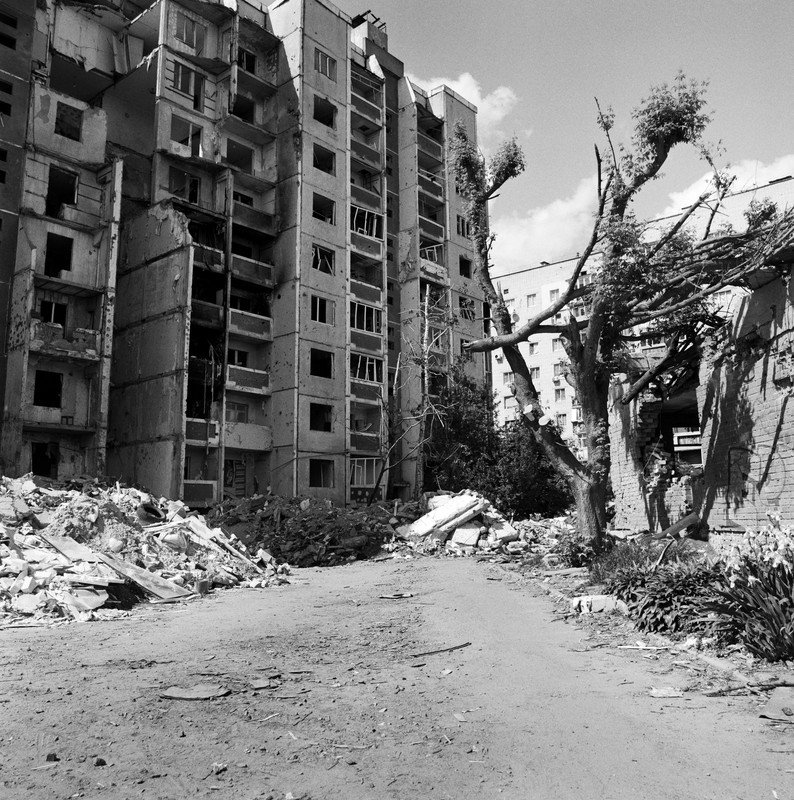
Click to view the complete set of images in the archive
